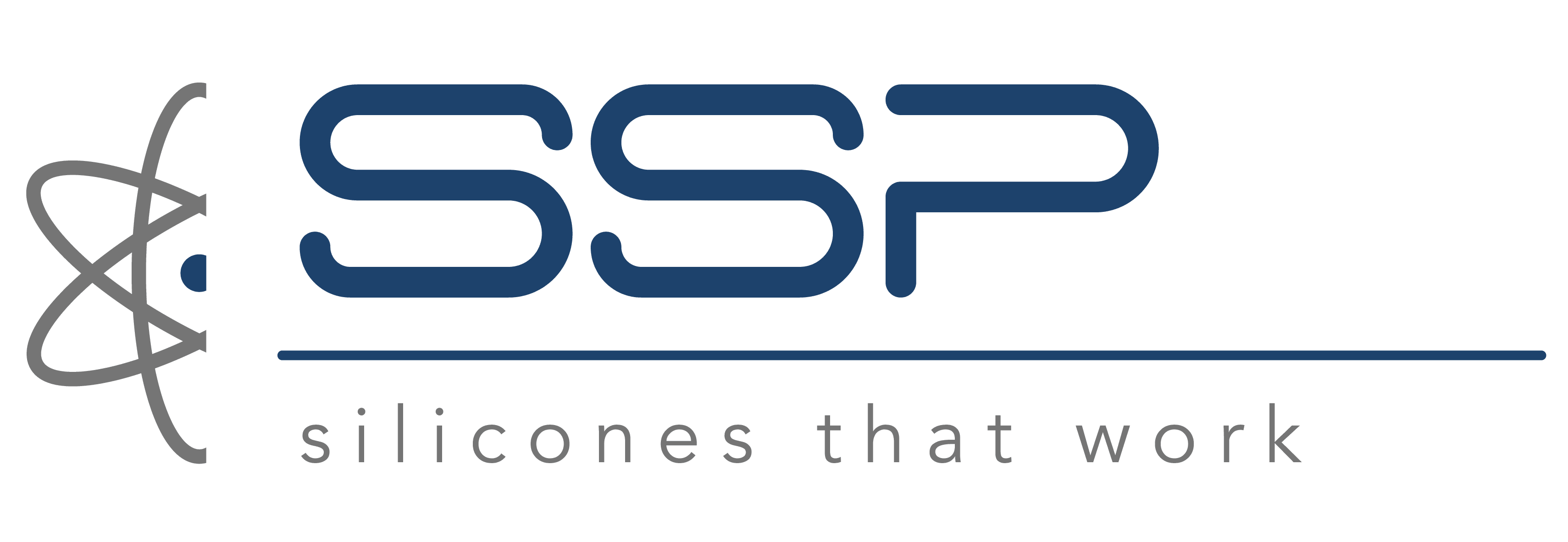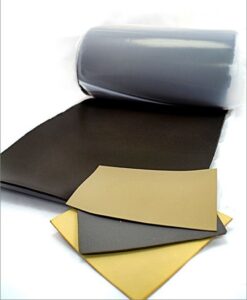Specialty Silicones Products (SSP) makes ultra-clean silicones that are used with medical devices and equipment. The base material in our SSP 2390-series elastomers meets USP Class VI requirements for biocompatibility. These platinum-cured silicones also meet FDA CFR 177.2600 requirements and comply with the European Union’s Restriction of Hazardous Substances (RoHS) Directive. Increasingly, however, we’re also asked about REACH compliance.
The purpose of this article is to clarify the relationship between REACH and cyclics, impurities found in some silicone materials. The article also explains how SSP significantly reduces levels of cyclics and what manufacturers of medical devices and equipment need to know about the European Chemical Agency (ECHA), the Candidate List of Substances of Very High Concern (SVHC), and whether there is a ban on or restriction on cyclics in silicones.
The Basics of REACH
REACH is a European Union (EU) Directive that stands for Registration, Evaluation, Authorisation and Restriction of Chemicals. It’s now new and has been in effect since 2007. The European Chemical Agency, or ECHA, is responsible for REACH, which establishes procedures for collecting and assessing information about the properties and hazards of substances, including the ones used in silicones.
Under REACH, the ECHA publishes the Candidate List of Substances of Very High Concern (SVHC). As of June 25, 2020, this list contains 209 substances. Today, there are three substances on this list that are used in silicones. They’re not new additions, however. In fact, they’ve been on the list since June 27, 2018. Here are their names and Chemical Abstract Service, or CAS, numbers.
- Octamethylcyclotetrasiloxane (D4) – CAS 556-67-2
- Decamethylcyclopentasiloxane (D5) – CAS 541-02-6
- Dodecamethylcyclohexasiloxane (D6) – CAS 540-97-6
Individually, these substances are referred to as D4, D5, and D6. Collectively, they’re called cyclics.
Cyclics and REACH Compliance
Cyclics are ring-shaped molecules that are the starting point or building blocks for all silicone polymers. Today, there is growing concern about the persistence of these substances in the environment and what it means for REACH compliance. That’s why on July 26, 2020, SSP sent a letter to its customers about the SVHC Candidate List and D5, D5, and D6.
It’s important to understand that these cyclics are not banned or restricted in Europe. Moreover, companies outside of the EU aren’t even bound by REACH. Rather, the requirements for fulfilling the requirements of REACH are with importers inside the European Union. If you need documentation about REACH compliance, however, SSP can help you to meet this obligation.
For SSP’s customers, it’s also important to know that we do not add cyclics to silicones and that curing removes many of these substances, which are added by our suppliers. Because cyclics are a volatile species, they evaporate naturally at some of the curing temperatures that SSP uses. Post-baking also drives out impurities and, if silicones are placed on a bench, the cyclics will evaporate over time.
SSP would like all of our silicone buyers to understand that cyclics are inherent to many silicones and that their usage isn’t banned (except for a few types of cosmetics applications). SSP 23900-series medical silicones are both ultra-clean and ultra-pure and are used in many applications for medical devices and equipment.
If you would like a copy of the letter about cyclics that SSP mailed last summer, please contact us on-line and we’ll be happy to send you one.




